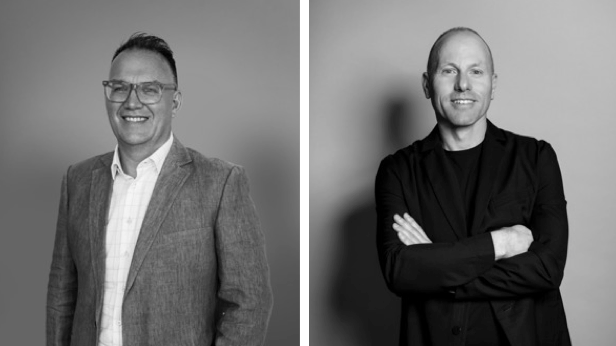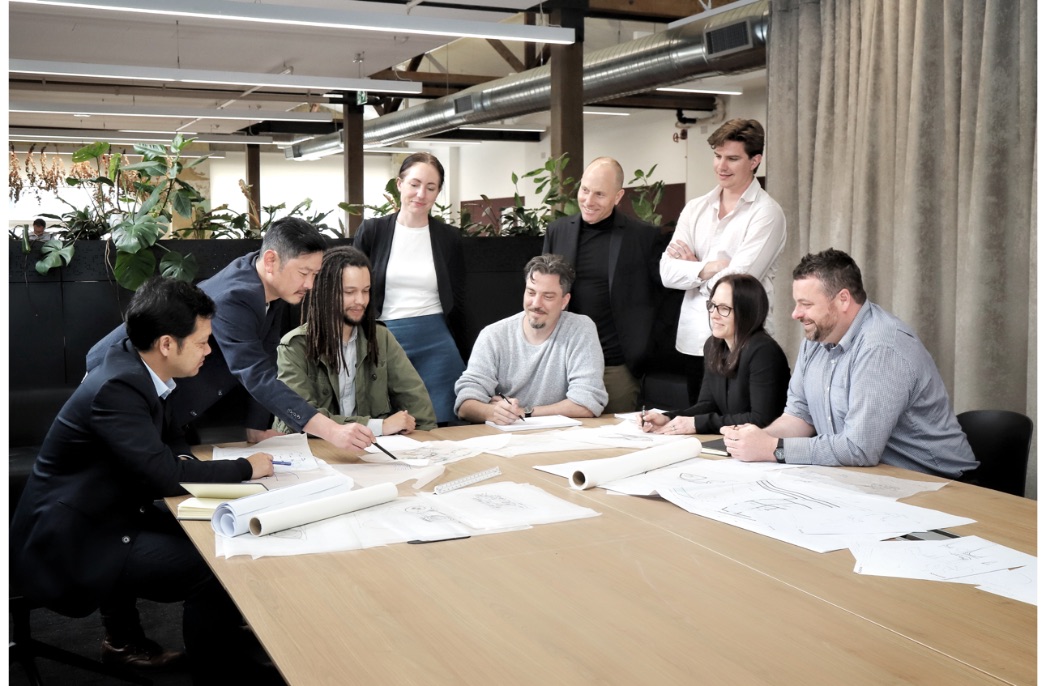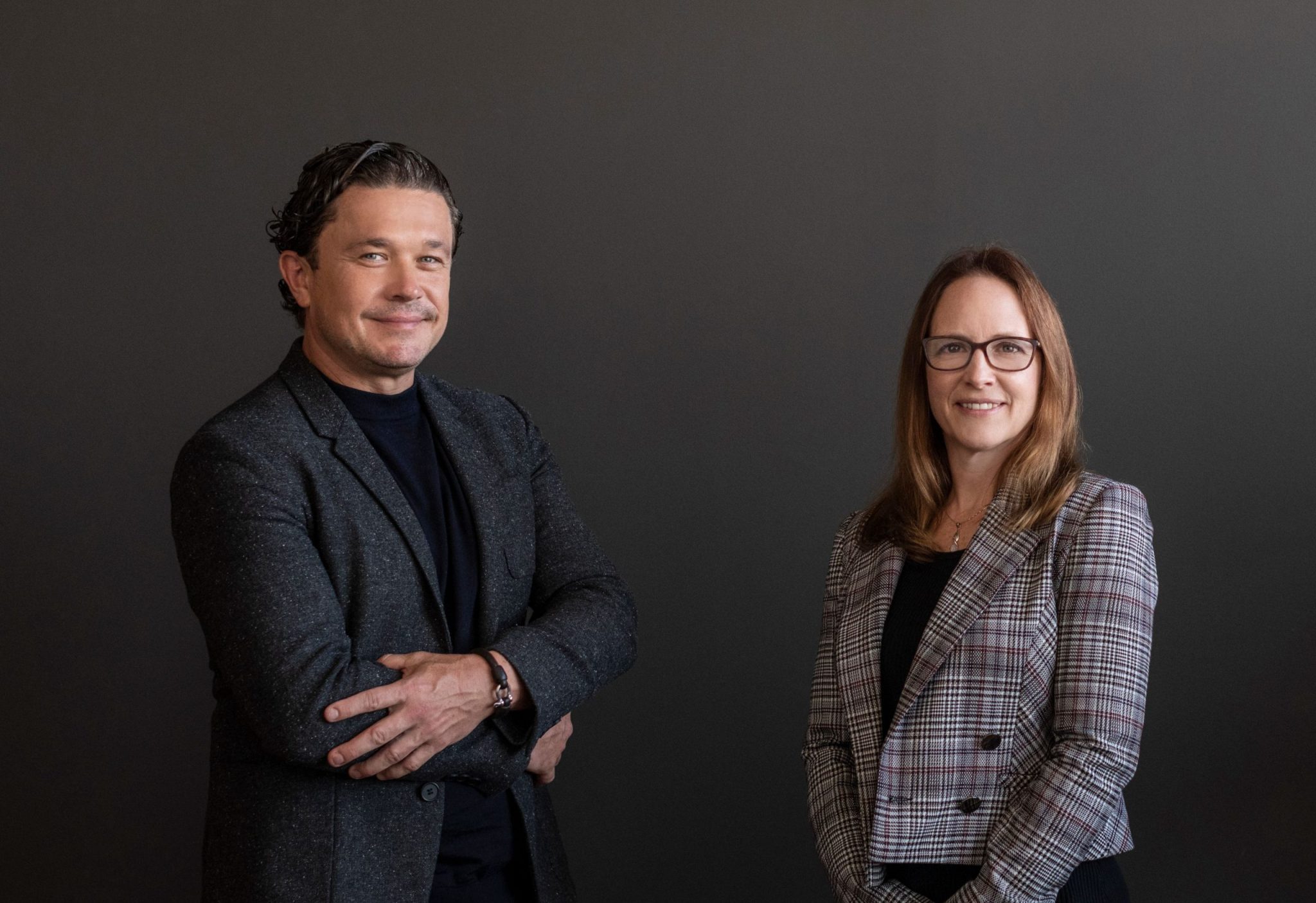
Laraine Sperling on trusting your instincts and knowing that you do know what you’re doing
Laraine Sperling on trusting your instincts and knowing that you do know what you’re doing
Share
Continuing our series celebrating Women of Influence in Architecture and Interior Design, Australian Design Review asks Laraine Sperling to reflect on the prejudicial challenges she overcame to reach a position of influence, and how the workplace difficulties that women face have evolved.
The day Sperling speaks with Australian Design Review, she is preparing for an imminent trip to Brisbane, a demand of her role as global head of strategy and marketing at Buchan, one of Australia’s oldest architecture and design firms.
“I’m really in Sydney only one week per month,” she says, referring to constant trips to Melbourne and Brisbane to visit her team members in those locations – an “omnipresence” she feels is essential for connecting with dispersed people.
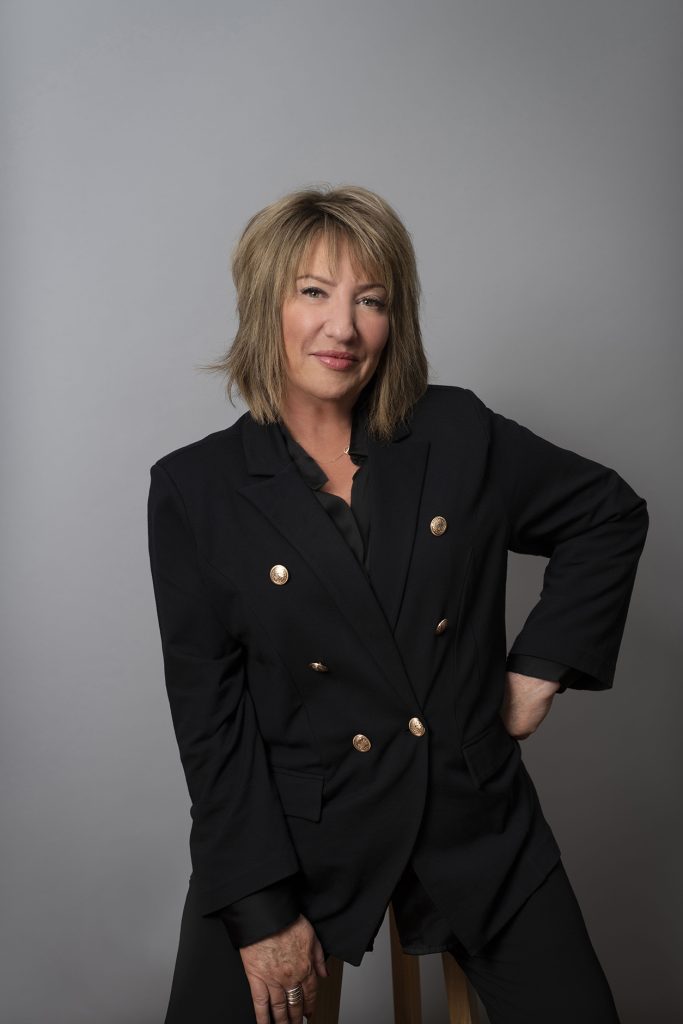
Sperling joined the company three years ago to support a new CEO, right as Buchan embarked on a transformation from regionally managed to a sector-focused business, aiming to enhance market communication. This shift required refreshing the brand to reflect the evolving values and expectations of its current team and to mark its departure from traditional retail architecture towards a broader urban design perspective.
This evolution embraced diversity and inclusion and focused on expanding its international presence, especially in the Middle East and Southeast Asia, while consolidating studios to strengthen regional footprints.
“We bring with us 130 years of a certain type of architecture and a certain type of service, and we want to bring that with us into the next 130 years,” Sperling says.
Her approach to such a project is informed by decades of multidisciplinary leadership. Sperling needs little encouragement to contemplate the bumps along the road, describing herself as introspective.
“You get to the point in your career where you could think that you’re all done,” she says. “Or, you could say, well, what can I give back? And I feel so strongly that it’s time for me to be able to give back, to foster a team and hand some of my experiences, good and bad, over to others.”
Most careers are launched at the point of entry into industry, but not for Sperling.
“Design in its broadest context was always part of my learning, my training, my background, my interests, my passion,” says Sperling, who was born into a family of design, and married into another. Her children have since progressed into the wider industry.
“I think if you’ve got it in the DNA, then you’ve got it in the DNA and there’s not going to be very much you can do to remove it. So particularly in this industry, when the underlying passion is there and the appreciation is there, the interest, the mindset of collaboration, that’s it. There is not going to be any other career choice.”

In descriptions of the early stages of her career, Sperling contrasts her current experiences with past unease. Initial encounters with exclusion she attributed to her junior status, led her to feel marginalised.
“Suddenly, when you’re kind of told to sit out on the bench, and you do, and you look at the bench then you realise, well, the commonality on the bench is that we are all female,” Sperling says.
“When I think back to those early days, there were plenty of times when I was crushed. But who was going to come and get me? Who was going to come to save me? There is no choice. Get up, brush it off, put your lipstick on, get back in there.”
Sperling can point to a clear catalyst for her discovery of self assurance.
Thirty years ago she found herself in the bustling head office of a major Australian bank with a new direction for her career, fresh from postgraduate study as the assistant to a woman managing an overseas investment portfolio.
“I remember distinctly, that she was 34 years old and she was considered at the top of her career.”
This woman stood as a lone female figure in a male-dominated environment, managing significant responsibilities with just Sperling’s assistance, while her peers commanded teams of three or four. She became the foremost mentor of Sperling’s life.
But Sperling’s superior soon contracted cancer. As her health waned, necessitating prolonged hospital stays, the woman entrusted her diligent assistant with the reins of her portfolios. Through phone instructions from her hospital bed, she guided Sperling through managing all investments and clients.
“Eventually she became more and more unwell and spent a significant period of time in hospital, and now I was pretty well on my own,” Sperling says.
“Every day I was putting my bag on my desk outside her office, going into the office and closing the door, which had frosty windows so you couldn’t really see, and I guess nobody really knew.”
When the company found out and decided to act, a male employee was sent to observe what Sperling was doing, before moving her back to her desk outside and sending her for coffee.

“I learned I can do it. I don’t need them to give me a leg up. I don’t need them to trust me. I don’t need them to tell me or condone what I’m doing. I know what I’m doing,” Sperling says. “From that moment on, I worked at a senior level in every business I’ve been in and I didn’t accept less.”
Now the mentor in a different era, positivity underpins Sperling’s advice to young women looking to their professional futures, as she celebrates her achievements as also belonging to those people who supported her.
“I don’t belong to the group that says it was shitty and hard to get here. I feel that I grabbed opportunities, I didn’t have to step over people at all. I worked with amazing people, with amazing teams, and I think you’re only ever as good as the team on whose shoulders you stand.”
To support young women of today, Sperling says first she “listens and evaluates, and then you can only make suggestions or give options of how you can support”, but acknowledges that it’s not always in her power to assist.
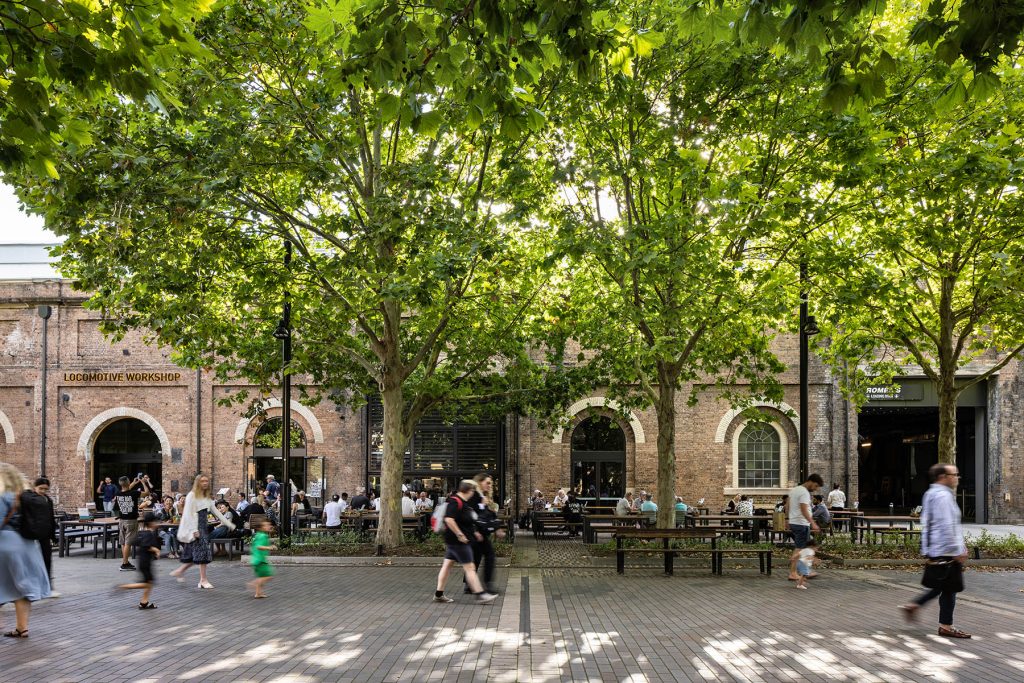
In her own efforts to drive cultural innovation, both within Buchan and in the varied initiatives with which she has been involved, Sperling aims to have systems in place that keep issues like gender equality at the forefront and to always be pushing for change.
“You have to drive awareness. You don’t necessarily have to drive antagonism, you have to drive awareness and participation. And it doesn’t need to just be with women. Gender balance is not just about women, and cultural balance is even not just about gender, it’s about balance at all levels in all areas of the business.”
“As long as everyone gets an opportunity to put their piece in and sees it has a benefit, they’ll join the campaign,” she finishes.
All images courtesy of Buchan, unless otherwise credited.
For the month of March, in recognition of International Women’s day, Australian Design Review will be shining a spotlight on Women of Influence in Architecture and Interior Design. While we pride ourselves on championing women, those who identify as women, and others from underrepresented groups at all times, we believe it’s necessary to recognise the achievements of individuals who have risen to the top, despite social or industry related imbalances. As well as bringing you profiles and project features that celebrate the work of game changing, innovative women, we’ll also lean into the very real, yet rarely discussed realities of working in an industry that still holds onto traditional modes of working that aren’t always inclusive or supportive. It’s our privilege this month to bring you profiles and features that celebrate the unique skills and talents that women bring to the Architecture and Interior Design industry. We congratulate each and every female member of the Australian design community for the important contribution they make.
You Might also Like
